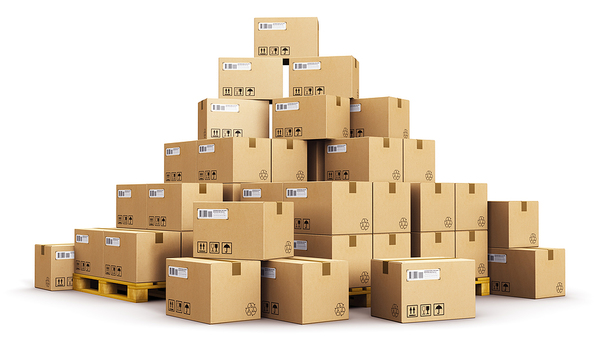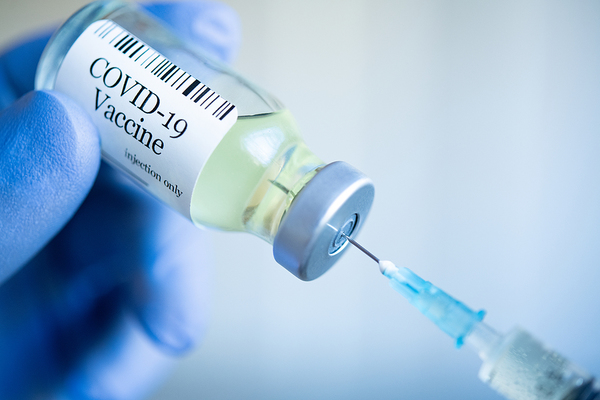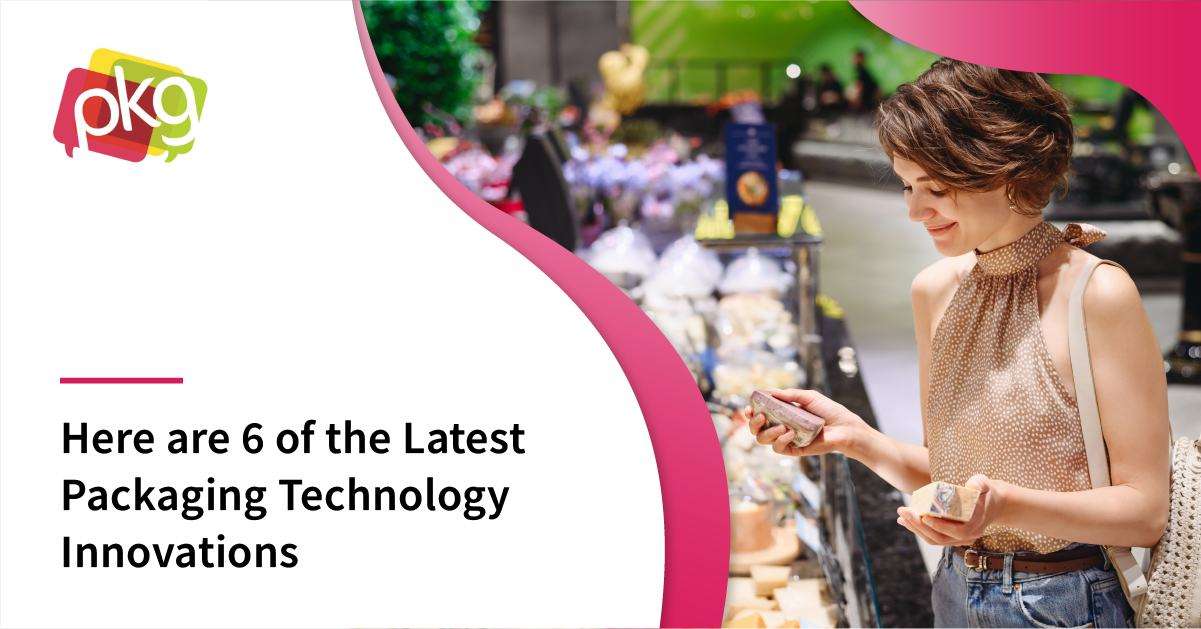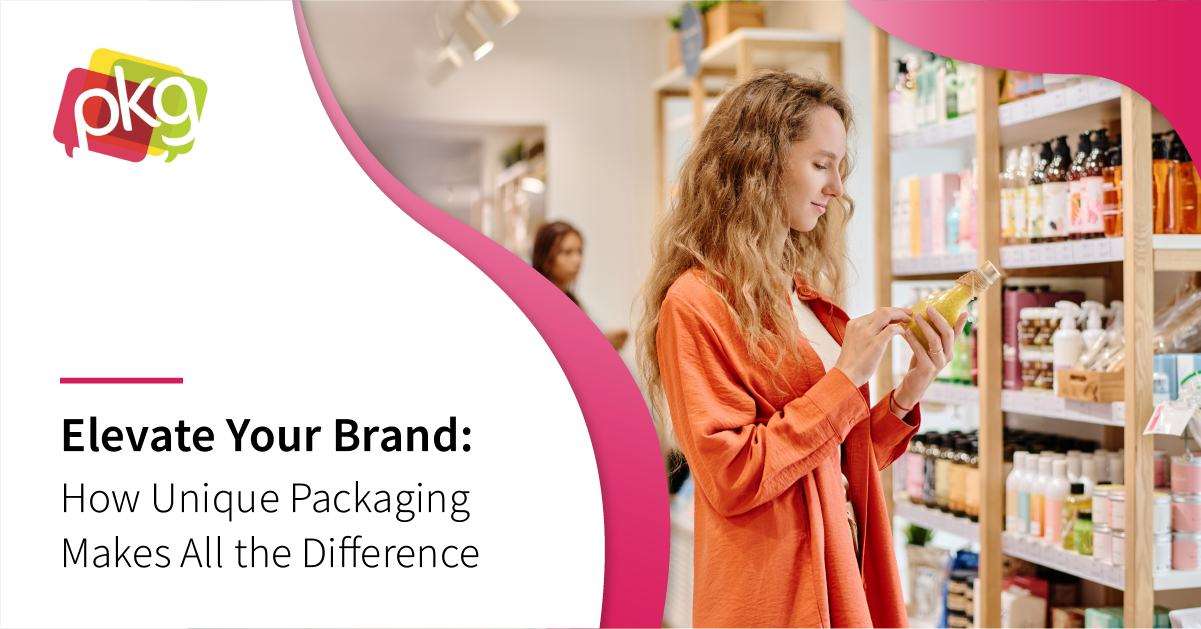
Flexible packaging will expand as a go-to design strategy in the coming years. The world is increasingly embracing sustainability in all things, including packaging design, so the future of flexible packaging as a market is bright. Here are some of the latest trends in these types of sustainable packaging.
Packaging Design Trends for the Future
Flexible packaging plays to consumer desires for convenience while still offering an eco-friendly option for packaging design teams. These products offer technology innovation, sustainability, and lower costs, which make them an attractive option for companies seeking to distribute CPG products.
Flexible packing requires fewer resources than other types of materials. In addition to cutting packaging costs, this also cuts storage and transportation expenses. There are also performance advantages that make these types of materials more attractive to CPG companies.
Some of the latest trends in packaging design in this area include:
- High-performance films are being used to create transparency in the products sold with consumers hungry to see the product before they buy it. These films, in addition to being sustainable, can extend the shelf life of perishable products.
- Consumers are busy, so flexible packaging allows them to "grab and go" meals, which avoids prep time. These types of products are increasingly popular simply because of the convenience of these packaging types. So the sustainability factor of these packages is almost incidental.
- We’re seeing several new flexible packaging options that make use of bioplastics. Biological proliferating plastic films substitute other materials for traditional petroleum products. Stand up pouches with flat bottoms, gusset pouches, spout packages—all can be made with biodegradable materials for a lower cost and better use case than plastic.
- Corrugated cardboard can tailor to the actual CPG products being shipped, creating space efficiencies over traditional packaging designs. These products are weather and puncture-resistant and easily ship in nonstandard sizes, creating an inventory space sayings as well as recyclability. These packaging options can be branded and customized for low cost, as well.
- Glass containers are increasingly popular, particularly for refillable products for both non-alcoholic and alcoholic beverages, among other items. Interestingly, the pharmaceutical glass packaging market is predicted to increase by more than 9% in the coming years. Glass is less expensive but also highly recyclable. It can also be reused and sterilized, making them ideal for pharmaceutical packaging. Glass bottles for oral medicine, dropper bottles, tablets, ointments, and more, are predicted to increase.

Consumer demand for more sustainable packaging options is driving the initial adoption demand for these packaging designs. Millennials remain committed to protecting the environment, and they purchase more than $200 billion in goods each year. This is a compelling fiscal argument for adopting sustainable packaging.
A secondary trend is business competitiveness that is driving companies to adopt flexible packaging. No company wants to be left behind on this, which is exactly why we’ll continue to see corporations spending millions in the coming years to modernize their efforts to embrace these materials.
PKG Brand Design is always on the forefront of new CPG branding and packaging initiatives; please subscribe to our blog for the latest package design industry news!







